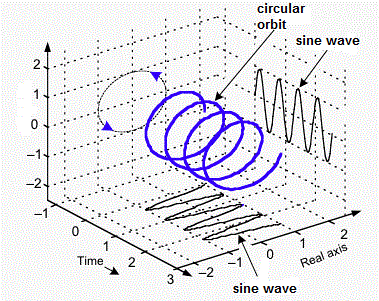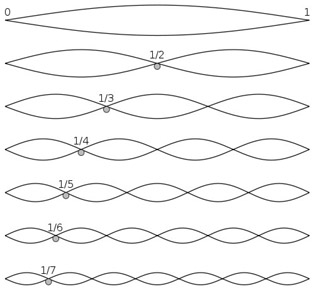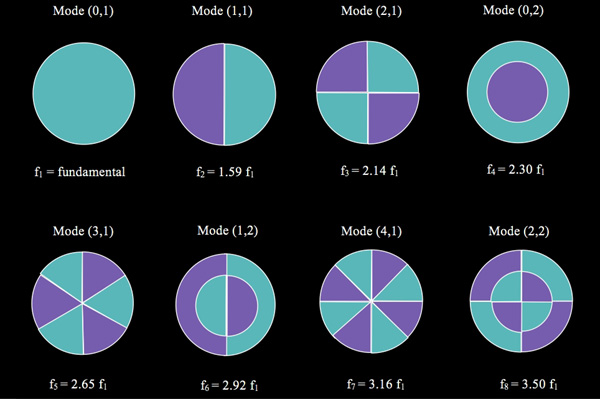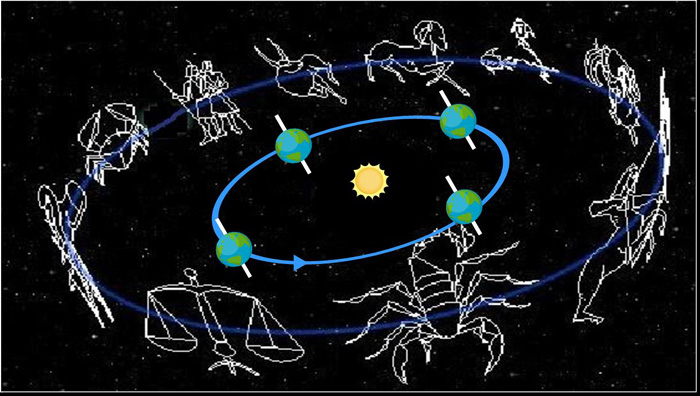The Zodiac: Earth's song in the
sky...
By
John Townley, August 2013
Signs
are the most obvious thing about astrology, or at
least, Sun signs are. Yet, around the world and across history there is
so much disagreement on:
*
What
they really are – equal divisions of the
tropical year, or
varying areas covered by ecliptic constellation?
*
Where
they start – at the vernal equinox, or
the beginning
of some star group, or
someplace else entirely (like the galactic center)?
*
How
big they are
– exactly thirty degrees apiece or
varying, depending on the constellations?
*
Whether
they move – either by precession, or
some other formula, or
not at all?
*Where
they are based – are they projections of
the Earth
upward, or
the sky downward, or
something else?
*How
defined they are
– are “cusps” really sharp lines of
demarcation, or
just sort of open borders like the EU?
You
can see the history and debate regarding all that
delved into in some detail in our previous article on Signs and
Seasons,
but we think we’ve settled it all on a physical
basis that doesn’t require discussion, because it’s
based on physical form
rather than philosophical or psychological speculation. But, to get
there, it
takes a brief continuing journey into our thoughts on the planets as an
example
of a particular scale of repeating cycles or rhythms (or even tones or
colors,
depending on the speed of repetition).
If,
indeed, the planets in their
repetitions and the alternating and distance-varying force they exert
on us
(Earth) and each other while doing it (gravity) behave similarly to all
the
rest of the larger and smaller scales of the universe, the why and
wherefore of
signs is easily extracted generally and applied specifically from
what’s
already known elsewhere. And that would resolve at least one of the twelve
unanswered questions
about
astrology.

Earth's "circular" orbit moving through space is actually a pirouetting
spiral of gravitational pressure.Earth’s
orbit as it proceeds through the signs
(making it appear that the Sun does) seems like a slow and lazy affair,
not a
sound generator like the buzzing of bees or the warbling of birds. But
really,
it’s all a matter of scale. All a sound generator does is
alternate air pressure
back and forth in a cyclical motion, but it does so at a speed that we
hear
with our ears as a sound, with a higher or lower pitch, depending on
its frequency.
If you slow a sound down continuously until you can’t hear it
even in the deep
bass register (the lowest we can hear is 20 cycles per second) and keep
slowing
it down, until it’s about one or two cycles per second, it
becomes a beat, a
rhythm that you expect a drum section to play, maybe a march or a
waltz.
Keep
on slowing that down and eventually get to a few cycles a day, or a
month, and
finally to one cycle per year, and that’s us, Earth! Except
the alternating
pressure change that this creates isn’t in the medium of air
– there isn’t any
in outer space – it’s gravitational, pushing and
pulling on every other body in
the solar system at the Earth’s own frequency, our own little
note, which if
you transposed it up into sound it would be a C, maybe just a trifle
sharp.
That’s true of all the planets as you can see in more detail here.


A spiral seen from outside is a sine wave (l.). A sound wave subdivides
into the same harmonic divisions as a horoscope (r.) Indeed,
this gravitational pushing and pulling is very
strong from planets like Jupiter, which literally shakes the Earth (and
others
similarly) off its otherwise-regular orbit by 150,000 kilometers. If
there is a
physical basis for astrology, here it is…an eons-long tidal
effect like the
Moon’s, with pulses coming from every planet to every other.
More on that here.
Planets are, at their own long, slow scale, frequency generators with
real
physical effects on others around them, all producing their own tones
in a
warbling gravitational chorus.
But
if we’re looking at an operation so analogous to
sound, it’s worth looking at how sound producers work.
Whether it’s a string, a
horn, a bell, or a drum, no natural (non-electronic) instrument
produces a
single, pure tone. They produce a sound that is predominantly one tone
with
other secondary and tertiary related ones, called harmonics. Thus, a
primary
tone of C will have other softer overtones of G, E, Bb, and more, its harmonic
overtone series.
These are mathematical proportions of the size of the primary
note-maker
itself, in fractions of 1/2, 1/3, 1/4, 1/5, 1/6, and 1/7. If
that’s already
beginning to sound like the astrological divisions of a chart, in
houses, signs
and aspects, here’s a step further.
If
the tone generator
isn’t a single
vibrating line (like a string, horn, or Fludd’s monochord),
but is circular,
like a drum head or a cymbal, those harmonics divide very precisely
along the
divisions of the circle by 2, 3, 4, and so on, edge to edge, with
minimal or no
overlap. See the first ten overtones of the drum illustration. In fact,
if you
just turned a string or horn into a circle, its harmonic points would
yield
pretty much the same thing.

A vibrating circle's harmonics (as a drum head, above) may more than
mimic the divisions of the Zodiac.So,
if Earth’s circular orbit is ringing (and being
rung) like a bell, its natural set of harmonics likely will line up by
alternation (hemispheres), combined (double) triplicities, and
quadrants
(double quadruplicities), each set to its own harmonic, and suddenly,
the signs
(or sign-inclusive segments) have appeared, perfectly formed and
aligned, with
their traditional differentiations into triplicities and
quadruplicities inside
them, as if by magic! And that’s just the first eight
harmonics. Following sets further
subdivide the circle in to even smaller segments.
But
where in the sky does this
natural
set start? At some distant star that marks the beginning of an
imaginary
constellation? Not likely. Much more likely it is at the natural polar
lineups
where the axis of the Earth points toward and then away from the Sun at
solstice, when the daily sum/difference of Earth's rotational and
revolutionary speed is at its greatest – or when it is at its
least
at equinox – natural pivot points for changing resonance. So here
you appear to have the
tropical Zodiac, self-generated by the natural harmonic divisions of
the Earth’s
own primary frequency. All natural, all physical, and not dependent on
anyone’s
opinion except the solar system’s itself.
Well,
one can’t exactly put a Q.E.D. after that,
because maybe things vibrating gravitationally on that scale
don’t work quite
the same way they do at the scale of sound or a marching beat vibrating
in air.
More investigation is required, though the fact that something similar
happens
gravitationally with Lagrange
points
suggests that this is on exactly the right track. And, the similarity
of
how resonances
line up in
electromagnetic waves compared with sound waves, particularly
as we emotionally interpret them, gives one further cause to think this
may be part of an ultimately simple description and explanation of much
of
traditional
astrological structure. It’s not quite
something you can take to the
theory bank yet, either, without further demonstration. It does,
however,
resolve all of the major questions about signs listed at the top of
this
article, everything, in a single, self-consistent description.

It would appear that the Zodiac signs
aren't external, in the distant sky, but simply the echoes of Earth
itself.
And
indeed, there are those, particularly in the wake
of Hans Kayser,
that think everything, large and small,
is made up of nothing but harmonics, especially
regarding planetary orbits,
as
did (to an extent) Fludd and Pythagoras. Could be. Could be that in
this view
the Earth, and the other planets, begin to look suspiciously like a
combination
of a particle and a waveform, a la quantum physics on the super-tiny
scale,
especially if you stood as far back from the solar system as we do from
an
atom.
And,
of course, it all works so much more elegantly if you frame
it in 3D time,
where there is neither
particle or wave, but the requisite combined shapes formed by space and
time.
But more on that, another time…and space…watch
these pages…
Not
a
newsletter subscriber already? Subscribe Free
Here!
And
every day, keep in touch with our Astrology In The News section...please
take a look! --
Breaking news from
around the globe, plus articles, reviews, it's all happening there,
changes daily...

